Karl Bodmer's Scalptanz der Mönitarris: Danse du Scalp des Indiens Meunitarris offers a captivating visual narrative of a Native American ritual dance, as personally witnessed by the artist and Prince Maximilian of Wied during the 19th century. This hand-colored aquatint, integrating a total of 15 associated drawings, carries profound historical and cultural significance. Rather than being based on a single model, this dynamic tableau is the culmination of multiple studies and portraits that the artist transposed directly onto the plate.
Several figures within Tableau 27 are easily identifiable, such as Síh-Sä, Ahschüpsa Masihichsi, and Biróhkä, lending an air of authenticity to the work. These characters, represented in multiple engravings, might have been reproduced during Bodmer's extended winter stay among the Mandan and Hidatsa tribes or later in Europe. Their presence in various pieces suggests they served different purposes for different engravers.
The engraver possibly modeled the circular composition of the figures on a sketch titled Hidatsa Scalp Dance. To enhance authenticity, individual portraits were added, and detailed elements were incorporated from another watercolor of the same subject. Although the image includes Mandan and Hidatsa figures, the representation remains credible. Maximilian documented the presence of many Mandans at the ceremony that both he and Bodmer attended at Fort Clark, situated near Mandan and Hidatsa villages.
Adding complexity to the piece is The Newberry's proof, which retains the same composition and techniques as the first through third states but includes two additional figure drawings affixed to the sheet, overlaying Síh-Sä and Awascho-Dickfas. These intriguing alterations occurred after the first states were printed and shipped, raising questions about the rationale behind these changes.
The 1894 estate sale catalog of Bodmer lists the piece titled Danse du Scalp des Mœnitarris, noting it as an "engraved plate, enhanced by sepia with figures fitted in for a new plate." Despite this catalog entry, any potential changes that were seriously considered were eventually deemed unnecessary.
State
Ruud's 1st of 4 states, before the English title is added.

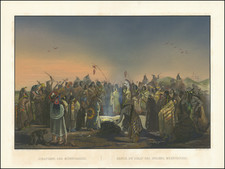








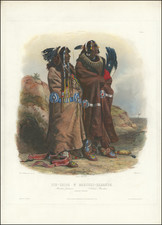
![[ The King of Florida ] Der Konig in Florida](https://storage.googleapis.com/raremaps/img/small/94085.jpg)
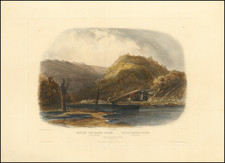
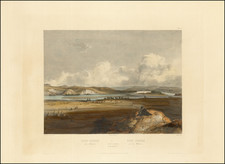
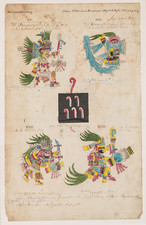
![[ Kealakekua Bay, Hawaii ] Village de Kearakekoua. Iles Sandwich](https://storage.googleapis.com/raremaps/img/small/99764.jpg)